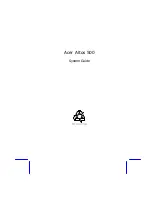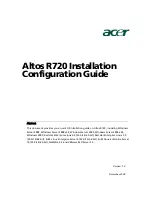
www.cooperbussmann.com/BussmannWirelessResources
19
Cooper Bussmann BU-245U-E Wireless Ethernet & Device Server User Manual
The 10M channels are also separated by 5MHz and overlap the adjacent channels by 5MHz forward and backward, i.e., Channel 41 will overlap
with channel 42; channel 46 will overlap with channel 45 and 47.
Lastly the 5MHz channels are separated by 5MHz and do not overlap at all so you can operate all 13 channels at the same time with minimal
interference with the adjacent channel.
Only one of these channels is used at a time and is configured at the Access Point, The Access Point then uses this channel to send out beacon
transmissions and connections.
Clients scan all channels for a suitable Access Point and then adopt the same channel as the AP when a connection is established.
The following diagram shows the RF energy distribution for the 802.11b/g transmission:
On the 20MHz channel (Green) most of the energy is transmitted within the channel however some of the energy is transmitted on the channels
either side therefore causing interference on the these channels. The 10MHz channels (Orange) are similar with half of the energy overlapping into
the next channel however you can configure up to 6 x non interfering channel at the one time. Lastly the 5MHz channels (Blue) do not overlap and
so all 13 channels can be used at the same time.
There is also a single 40MHz Channel (Purple) which takes up over half of the full 2.4GHz band and so it much more susceptible to interference
from other channels.
If there is more than one 802.11 AP within the same wireless range, then it is important that the APs are on channels as far apart as possible.
If there are two 20MHz channel APs, then set them to channel 1 and 11. If there are three, set them to 1, 6, and 11.
3A1576Rev1.7
















































